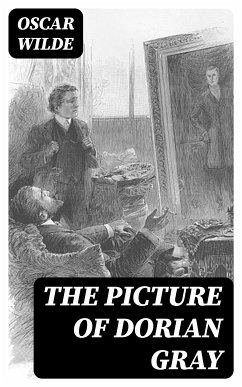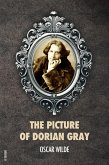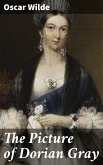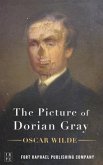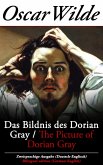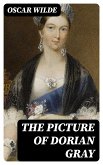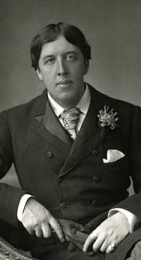In Oscar Wilde's seminal novel, "The Picture of Dorian Gray," the reader is drawn into a richly woven tapestry of aestheticism and moral decay, where the theme of beauty is intricately explored through the life of a young man who remains perpetually youthful while his portrait bears the marks of his sins. Written in a style characterized by Wilde's trademark wit and epigrammatic precision, the narrative navigates the moral complexities of the Victorian era, questioning the implications of a hedonistic lifestyle detached from accountability. The interplay of art and life accentuates the book's philosophical undertones, making it a pivotal work in the canon of Gothic literature and a precursor to modernist themes of identity and existence. Oscar Wilde, known for his flamboyant persona and sharp social critique, was undoubtedly influenced by his own experiences with fame and societal expectations. His encounters with the avant-garde movements in London and personal struggles with identity and morality allowed him to craft a narrative that transcends the boundaries of his time. The novel serves as both a cautionary tale and a reflection of Wilde's preoccupation with beauty, ethics, and the duality of human nature. This captivating exploration of vanity and consequence is recommended for readers interested in the complexities of the human psyche and the tantalizing tension between art and morality. "The Picture of Dorian Gray" not only entertains but also invites profound introspection, making it a timeless classic that resonates with the enduring struggles we face in our pursuit of beauty and fulfillment.
Dieser Download kann aus rechtlichen Gründen nur mit Rechnungsadresse in A, B, BG, CY, CZ, D, DK, EW, E, FIN, F, GR, H, IRL, I, LT, L, LR, M, NL, PL, P, R, S, SLO, SK ausgeliefert werden.

